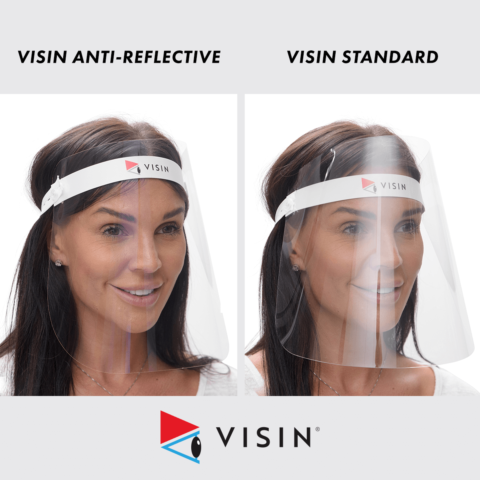
Polyester Film UK: The Versatile Solution for Demanding Applications
At Diamond Coatings, we enhance the capabilities of polyester film by applying our specialised ITO coatings, creating a material that’s truly fit for the future.

Low Reflective Glass In Museums
Whenever you visit museums, you expect to see works of art framed beautifully and set behind glass. The glass is there as a barrier, to protect the art beneath from damage and general wear and tear. You can imagine how long an unprotected piece of art might remain free of flaws, so the glass is a compulsory aspect for pretty much all museums throughout the world.
Annoyingly, the clear glass that acts as protection can often come with the issue of obstructing the view of the art beneath. Unwanted glare and reflections can offer a negative viewing experience – which is why most museums these days now utilise low reflective glass to showcase their exhibits.
Low Reflective Glass In Museums
Low reflective glass, also known as anti reflective glass, AR glass or even invisible glass, provides an optimal viewing experience with little to no reflection for the viewer. Another benefit to this type of glass is that, in most cases, it also offers ultraviolet (UV) protection – obviously important for the further protection of the art beneath.
Museums now also employ this same glass in display cases. In both framed pictures and display cases, there can now be a more intimate viewing experience, whilst continuing to protect the exhibit beneath.
Low Reflective Glass – Other applications
In fact, low reflective glass is used in a variety of environments, not just limited to museums. Other applications of low reflective glass include engineering and scientific environments, retail displays (especially store front windows), High end restaurants and architectural finishes, Hospital windows, Zoos and aquariums and VIP sections within stadiums.
There seems to be no point in listing why the glass is used in all the applications above, the reasons are clear – and even more so when low reflective glass is used.
Diamond Coatings can supply a range of anti-reflective coatings which are available on glass and acrylic – or even a thin film which can be used on glass and plastic to enhance visibility of the object within – perfect for display cases.
The anti-reflective film is a great option for home or office use also and allows you to display your personal works of art and items you treasure in the best possible light. The best bit> The film is available to buy either on a roll or in sheets, starting from £11.11 per sheet.
The coated glass available from Diamond Coatings has a light transmission of 94% when coated on one side and 96% when coated on both sides. This level of light transmission removes reflections and enhances the appearance of the glass dramatically.
If you would like to know more about our low reflective glass, or if you have a specific requirement that needs to be discussed in further detail, please get in touch with us. We would be very happy to assist with your enquiry, a member of our technical team will get back to you as soon as possible.

At Diamond Coatings, we enhance the capabilities of polyester film by applying our specialised ITO coatings, creating a material that’s truly fit for the future.

At Diamond Coatings, we understand the critical role that projection booth glass plays in delivering a truly immersive cinematic experience

We wanted to highlight the exceptional value now available on our VISIN discounted PPE Face Shields, offering you industry-leading protection and clarity

Have you ever wondered how to achieve crystal-clear visuals and reduce annoying reflections on your displays, windows, or touch panels?
If you are interested in any of our products or services, please use the contact form or give us a call, we will be happy to discuss how we may be able to help you.